A PLEASURE FOR THE SENSES
Already the Romans knew about the suitability of the terroir and climate for viticulture. 2000 years ago, they laid the foundations for the German wine landscape that nowadays covers more than 100.000 hectares and shapes entire regions.
Germany’s wine regions offer you new perspectives and discoveries behind each river bend: surrounded by steep vineyards and medieval castle ruins lie picturesque wine-growing tow where rustic wine bars and fine Restaurants seduce you with their delights.
Wineries create highlights with modern designs
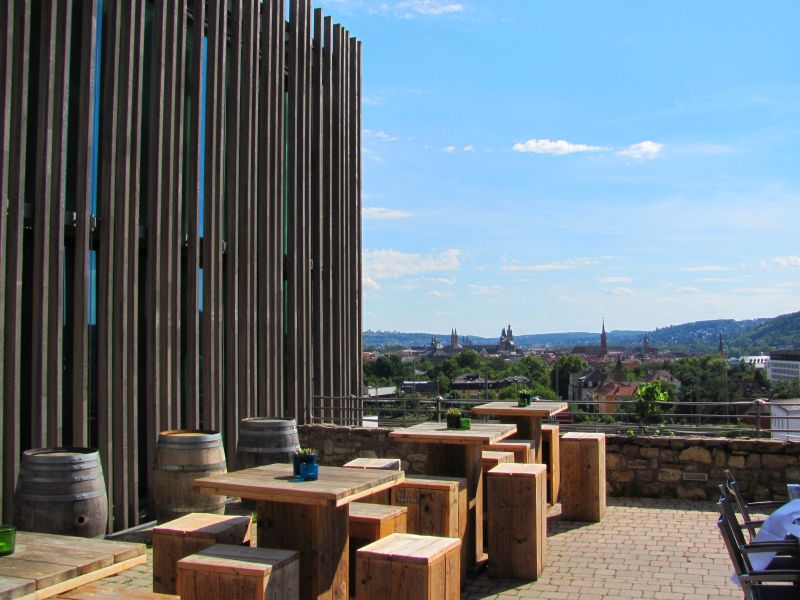
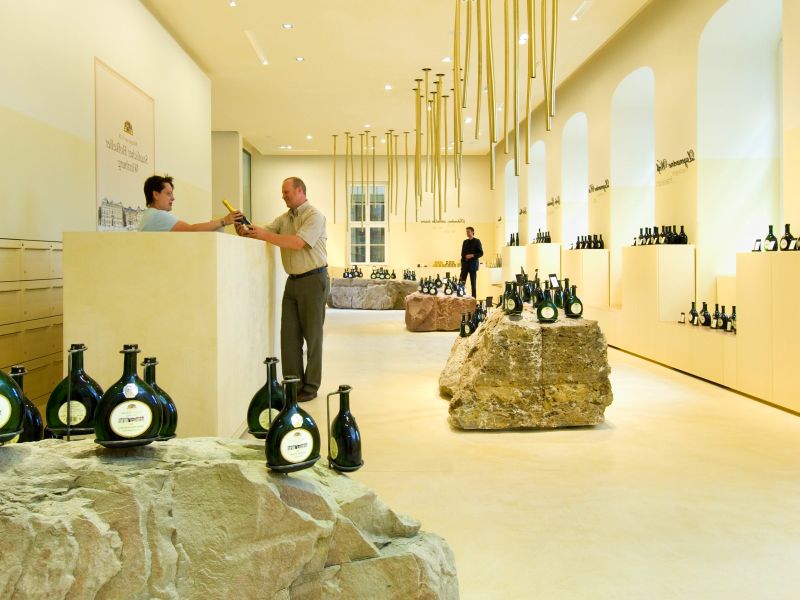
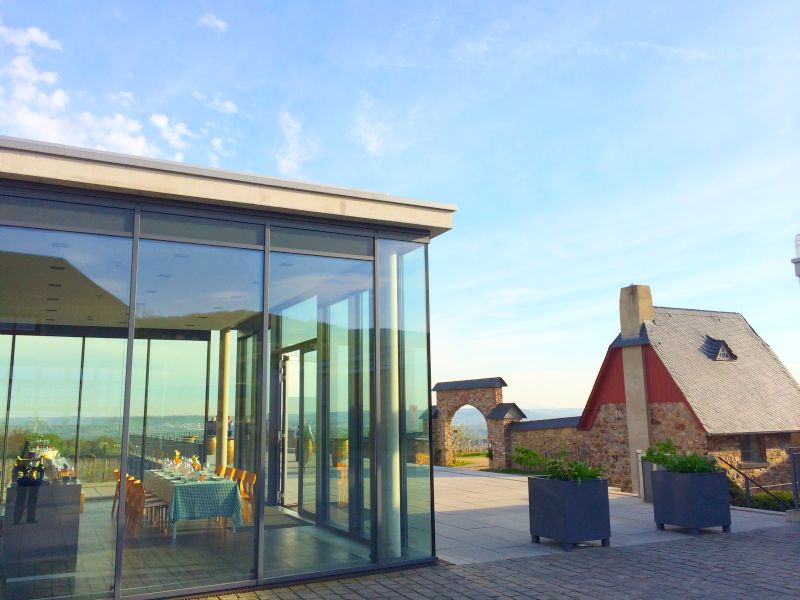
Next to Wiesbaden, the Hessian State Winery impressively blends into the landscape of Eltville and in the nearby “Kloster Eberbach” (Eberbach Monastery), modern elements of the winery were combined with historic monastic buildings.
Out of the cellar, the wine advances contemporary to the cult on the surface. In the Winery on the Würzburger Stein, sunlight, green glass and oak create a changing play of light in the inside of the building.
Star chef Wolfgang Becker converted the winery in Trier, that has been owned by his family for five generations, into a unique design getaway for wine lovers. The winery also includes a gorgeous hotel that is a member of the circle of renowned Design-Hotels.
However, the wine remains what it always used to be: an authentic, classy pleasure that has to be wrenched from nature with a considerable amount of work in the vineyard and wide experience in the wine cellar.
Wine cellars used to be inherent parts of grand buildings
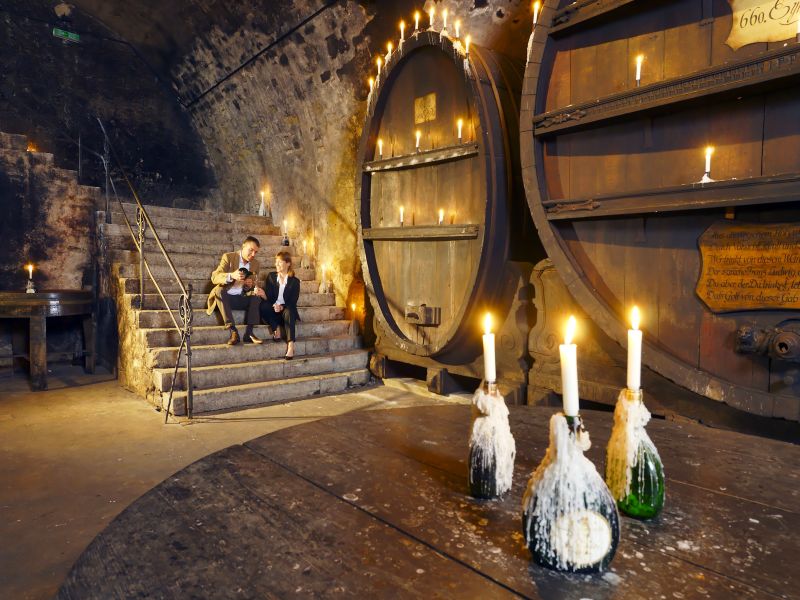

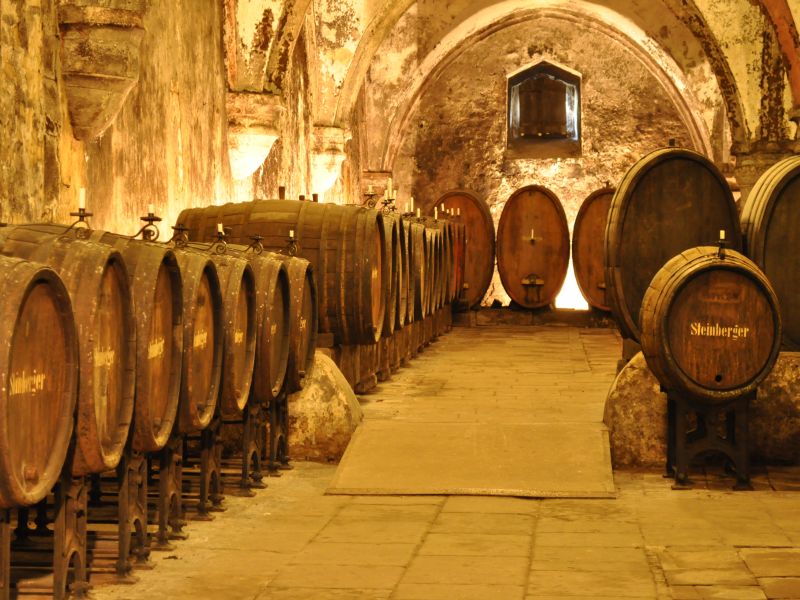
The mild climate, mineral rich grounds and the skill of the wine-growers create characteristic wines that are highly recognized at home and abroad. Riesling, Müller-Thurgau, Grauburgunder (Pinot Gris) and Spätburgunder (Pinot Noir) rate amongst the celebrities.
Slightly less famous are the light red wines that achieved considerable quality, too, especially around Freiburg and Baden.
German wines celebrate their comeback in the 21st century
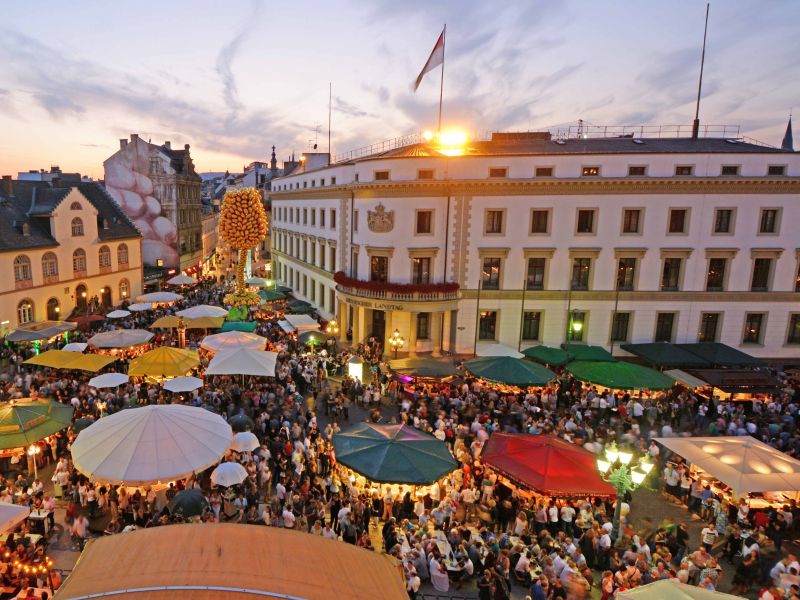
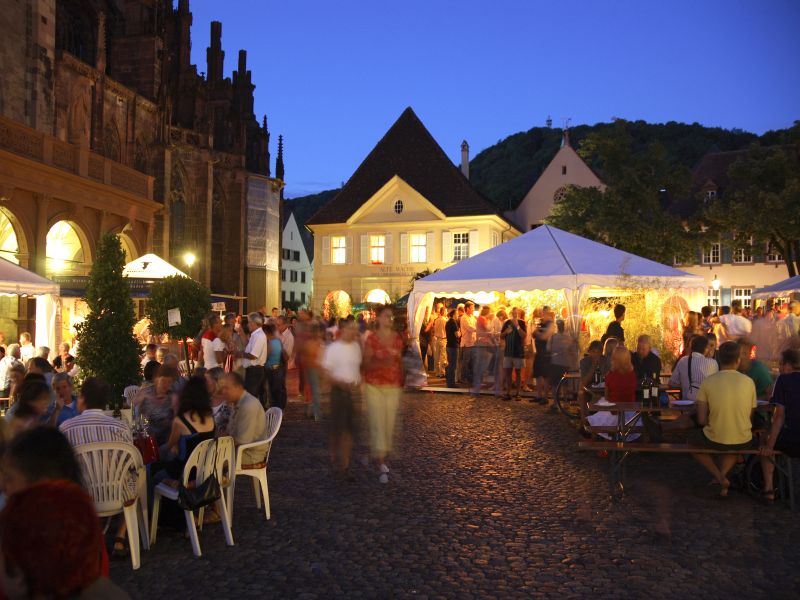
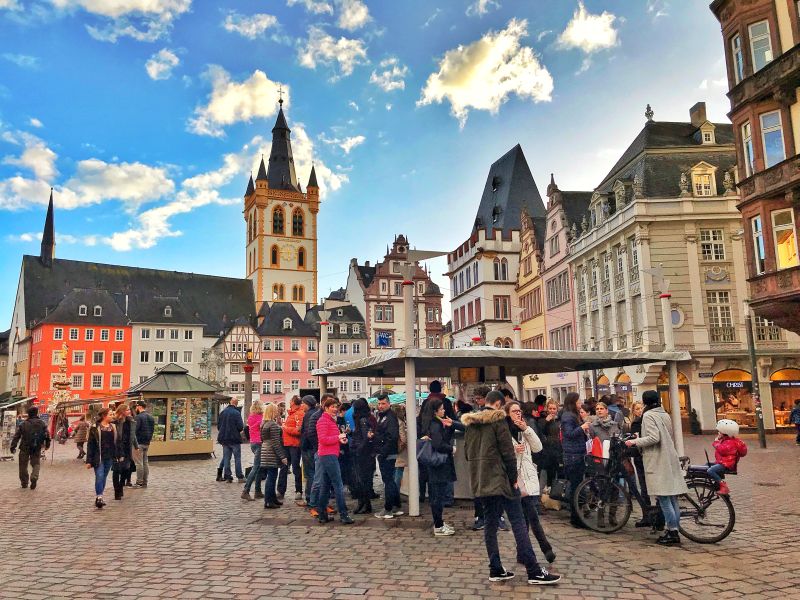
For 300 years, there has been one of the largest German wine cellars underneath the Residence in Würzburg with a production of 850.000 bottles a year.
In the turmoil of the Reformation the bishop of Würzburg decided to prevent more people from converting to Lutheranism with a charitable gesture.
He donated the “Weingut Juliusspital” (Juliusspital Wine Estate) which still cultivates 172 hectares of wine growing area and funds a hospital as well as a home for the elderly from its sales.
Together with the “Bürgerspital zum Heiligen Geist” (Bürgerspital Wine Estate to the Holy Ghost), wines of the highest quality class are produced.
Monumental palaces and cellars for the noble drink


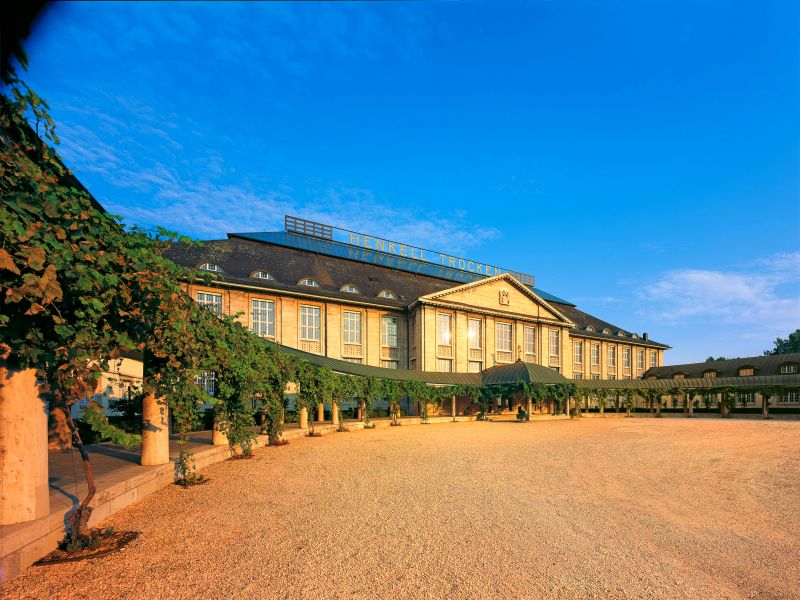
Amongst the aristocracy and wealthy citizens, Koblenz became renowned in the 19th century for its creations of sparkling and choice fine wines of the wine and champagne producer Deinhard.
In the oldest part of the Deinhard-Cellars, that was built around about 1850, you can immerse yourself in the history of the wine during an interesting guided tour.
During a visit to the traditional champagne producer Henkell in Wiesbaden, an impressive classical example of architecture awaits you that reveals all its splendor as you enter.
The figurines, paintings and rococo ornaments of the Marmorsaal (Marble Hall) harmonizes refreshingly with the cheerful world of champagne.
© Image Rights: Staatlicher Hofkeller Würzburg – Staatlicher Hofkeller/CTW, Rheingau Wine Week – WICM, Freiburg Wine Festival – FWTM/Hopermann, Henkell Champagne Cellar – Henkel & Co Sektkellerei KG

